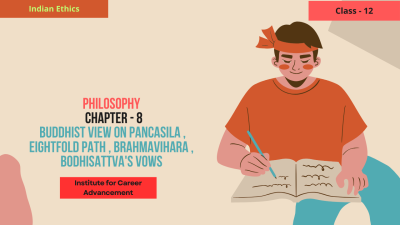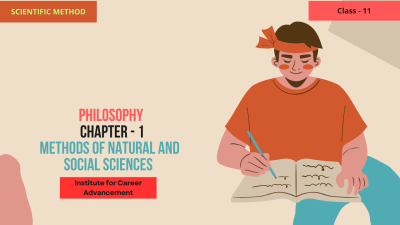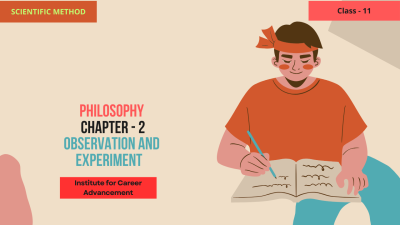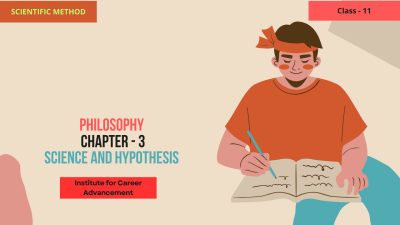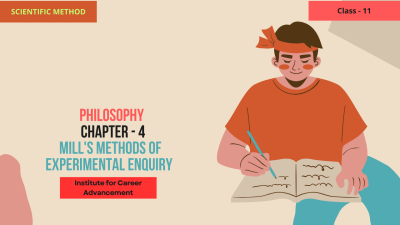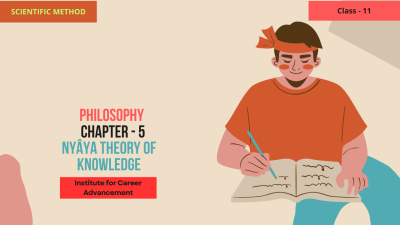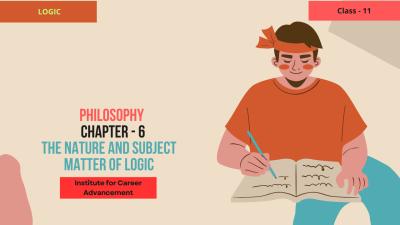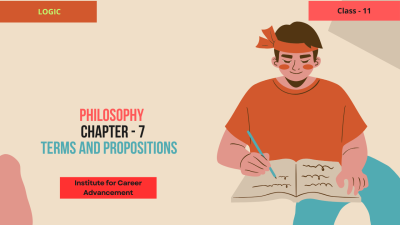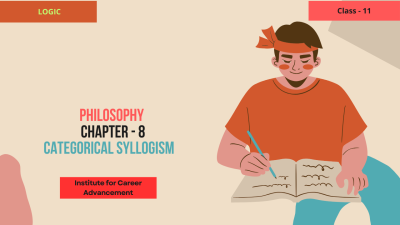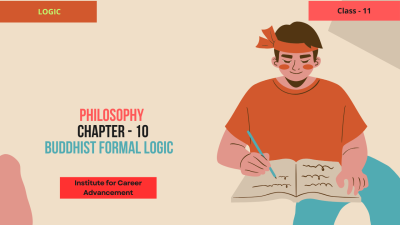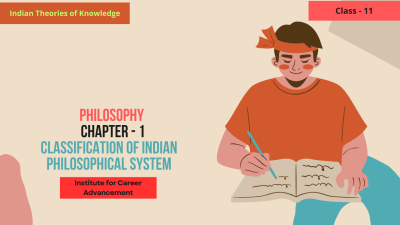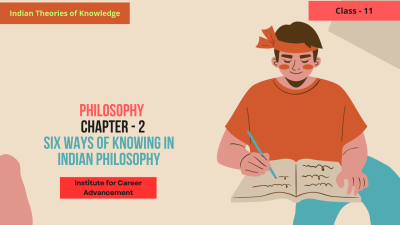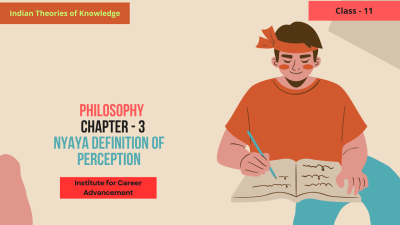Buddhist View on Pancasila , Eightfold Path , Brahmavihara , Bodhisattva's Vows - Class 12
In the Class 12 curriculum, students explore the fundamental Buddhist principles that guide ethical conduct, mental development, and the path to enlightenment. The key concepts covered include Pancasila, the Eightfold Path, Brahmavihara, and the Bodhisattva's Vows. 1. Pancasila (Five Precepts) Concept: The Pancasila are ethical guidelines or precepts that lay the foundation for moral behavior in Buddhism. They are: To refrain from killing living beings To refrain from stealing To refrain from sexual misconduct To refrain from false speech To refrain from intoxicants that cloud the mind Purpose: These precepts guide individuals towards a life of ethical conduct, fostering harmony and reducing suffering. 2. Eightfold Path Concept: The Eightfold Path is the path to enlightenment and liberation from suffering (Nirvana). It consists of: Right View Right Intention Right Speech Right Action Right Livelihood Right Effort Right Mindfulness Right Concentration Purpose: This path emphasizes wisdom, ethical conduct, and mental discipline, helping individuals overcome suffering and attain Nirvana. 3. Brahmavihara (Four Immeasurables) Concept: The Brahmavihara are four qualities that promote compassion, love, and inner peace: Metta (Loving-kindness) Karuna (Compassion) Mudita (Sympathetic Joy) Upekkha (Equanimity) Purpose: These qualities help develop a mind that is free from attachment, hatred, and delusion, fostering harmony and well-being for all beings. 4. Bodhisattva's Vows Concept: The Bodhisattva’s Vows are pledges taken by those who aspire to attain Buddhahood and help all sentient beings achieve enlightenment. Key aspects include: To save all beings from suffering To attain Buddhahood for the benefit of others To remain in samsara until all beings are liberated Purpose: The Bodhisattva’s Vows represent selfless compassion, emphasizing the importance of working for the enlightenment of all beings, not just oneself. দ্বাদশ শ্রেণির পাঠ্যক্রমে, শিক্ষার্থীরা মৌলিক বৌদ্ধ নীতিগুলি অন্বেষণ করে যা নৈতিক আচরণ, মানসিক বিকাশ এবং আলোকিত হওয়ার পথকে নির্দেশ করে। অন্তর্ভুক্ত মূল ধারণাগুলির মধ্যে রয়েছে পঞ্চশিলা, অষ্টগুণ পথ, ব্রহ্মবিহার এবং বোধিসত্ত্বের শপথ। 1টি। পাঞ্চাসিলা (পাঁচটি উপদেশ) ধারণাঃ পঞ্চশিলা হল নৈতিক নির্দেশিকা বা নিয়ম যা বৌদ্ধধর্মে নৈতিক আচরণের ভিত্তি স্থাপন করে। তারা হলেনঃ জীবন্ত প্রাণী হত্যা থেকে বিরত থাকা চুরি থেকে বিরত থাকতে যৌন অসদাচরণ থেকে বিরত থাকা মিথ্যা কথা বলা থেকে বিরত থাকা মনকে মেঘলা করে এমন নেশা থেকে বিরত থাকা উদ্দেশ্যঃ এই নিয়মগুলি ব্যক্তিদের নৈতিক আচরণের জীবনযাপনের দিকে পরিচালিত করে, সম্প্রীতি বজায় রাখে এবং দুর্ভোগ হ্রাস করে। 2. অষ্টগুণ পথ ধারণাঃ অষ্টগুণ পথ হল জ্ঞানালোক এবং দুঃখ থেকে মুক্তির পথ (নির্বাণ) এর মধ্যে রয়েছেঃ সঠিক দৃশ্য সঠিক উদ্দেশ্য সঠিক বক্তৃতা সঠিক পদক্ষেপ সঠিক জীবিকা সঠিক প্রচেষ্টা সঠিক মননশীলতা সঠিক মনোযোগ উদ্দেশ্যঃ এই পথটি প্রজ্ঞা, নৈতিক আচরণ এবং মানসিক শৃঙ্খলার উপর জোর দেয়, যা ব্যক্তিদের দুঃখকষ্ট কাটিয়ে উঠতে এবং নির্বাণ অর্জনে সহায়তা করে। 3. ব্রহ্মবিহার (চারটি অপরিমেয়) ধারণাঃ ব্রহ্মবিহার হল চারটি গুণ যা করুণা, প্রেম এবং অভ্যন্তরীণ শান্তির প্রচার করেঃ মেট্টা (প্রেমপূর্ণ-দয়া) করুণা (সহানুভূতি) মুদিতা (সহানুভূতিশীল আনন্দ) উপেখা (সমতা) উদ্দেশ্যঃ এই গুণগুলি এমন একটি মনের বিকাশে সহায়তা করে যা আসক্তি, ঘৃণা এবং বিভ্রম থেকে মুক্ত, সমস্ত প্রাণীর জন্য সম্প্রীতি এবং সুস্থতা বজায় রাখে। 4. বোধিসত্ত্বের শপথ ধারণাঃ বোধিসত্ত্বের শপথগুলি তাদের দ্বারা গৃহীত অঙ্গীকার যারা বুদ্ধত্ব অর্জনের আকাঙ্ক্ষা করে এবং সমস্ত সংবেদনশীল প্রাণীকে জ্ঞান অর্জনে সহায়তা করে। মূল বিষয়গুলির মধ্যে রয়েছেঃ সমস্ত প্রাণীকে দুঃখকষ্ট থেকে রক্ষা করা অন্যের উপকারের জন্য বুদ্ধত্ব অর্জন করা সমস্ত প্রাণী মুক্ত না হওয়া পর্যন্ত সংসারে থাকা উদ্দেশ্যঃ বোধিসত্ত্বের শপথগুলি নিঃস্বার্থ সহানুভূতির প্রতিনিধিত্ব করে, কেবল নিজের নয়, সমস্ত প্রাণীর আলোকিতকরণের জন্য কাজ করার গুরুত্বের উপর জোর দেয়।
English
Last updated
Tue, 07-Jan-2025

